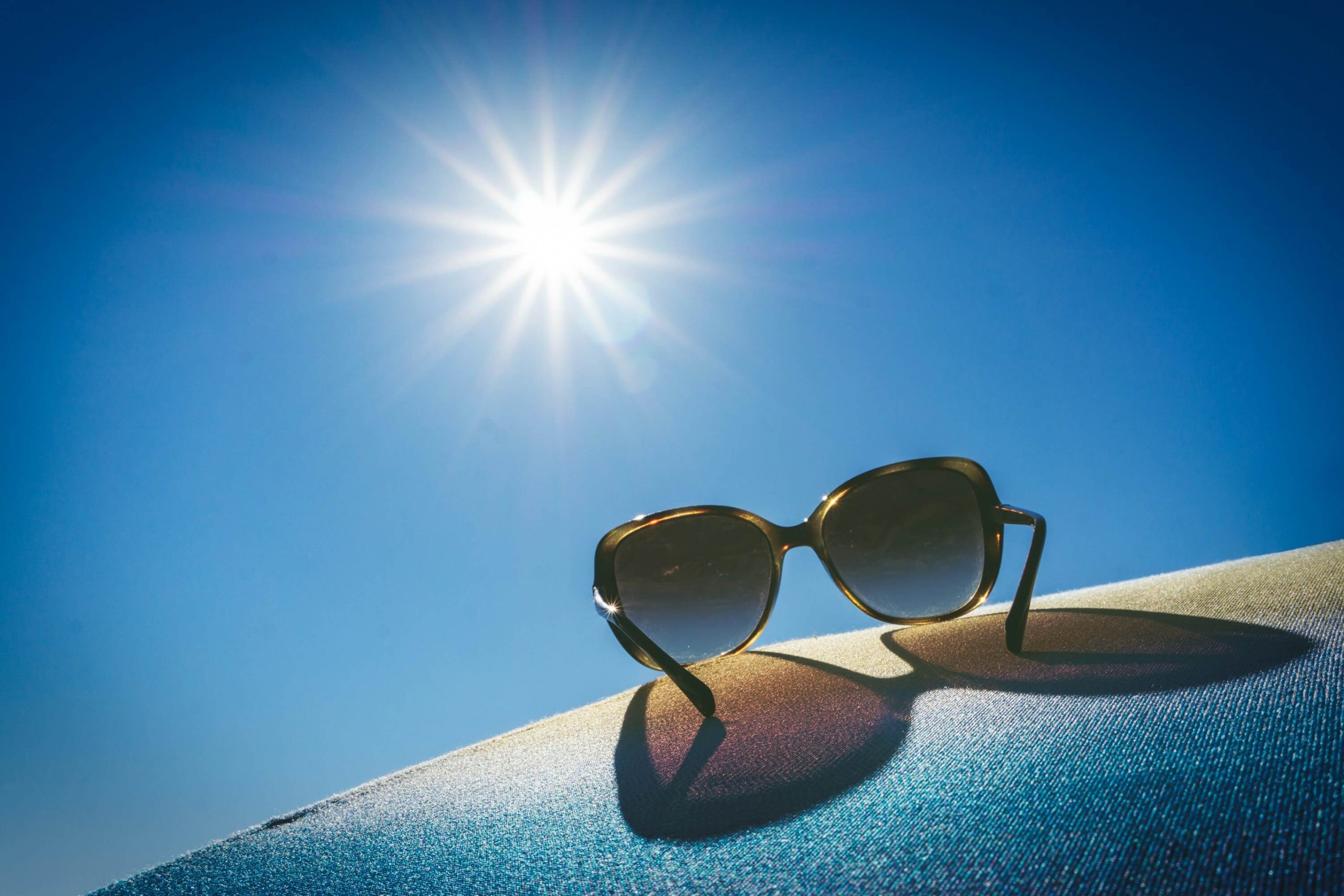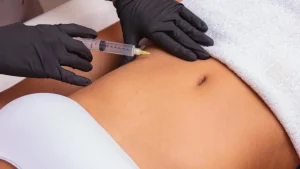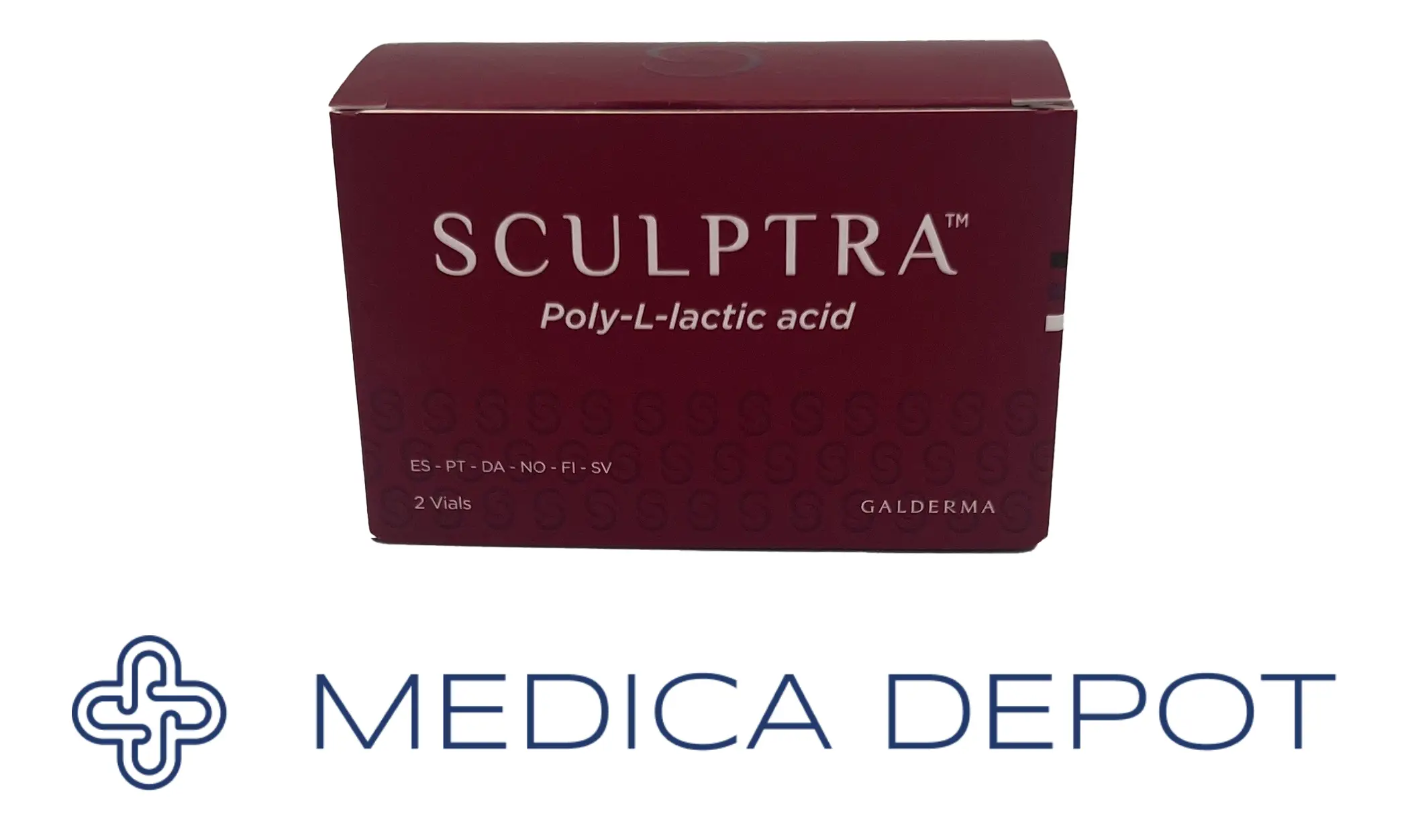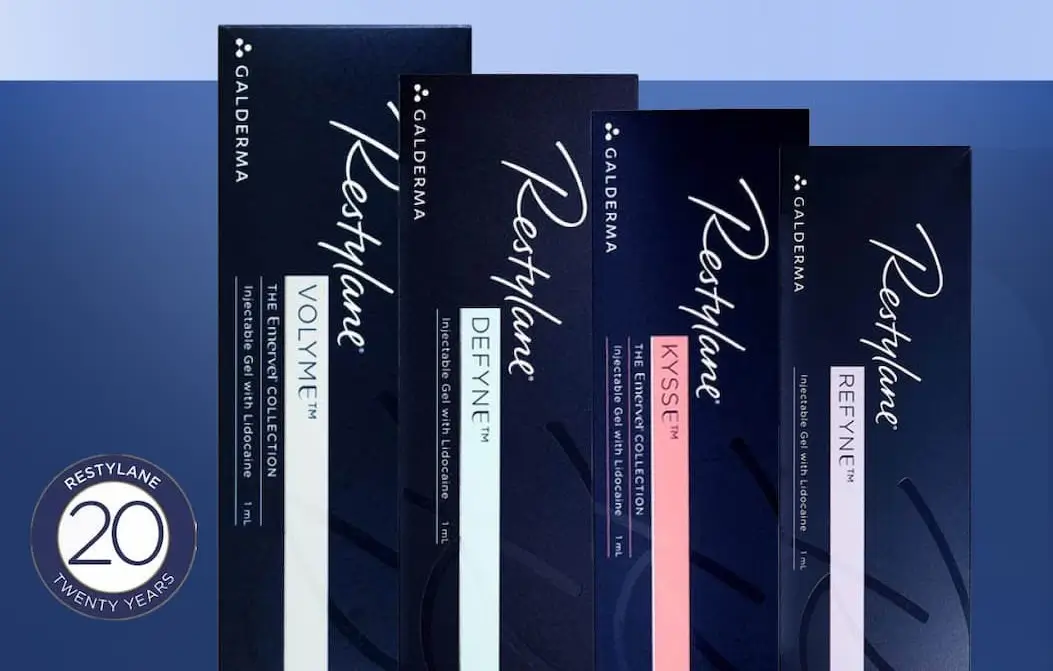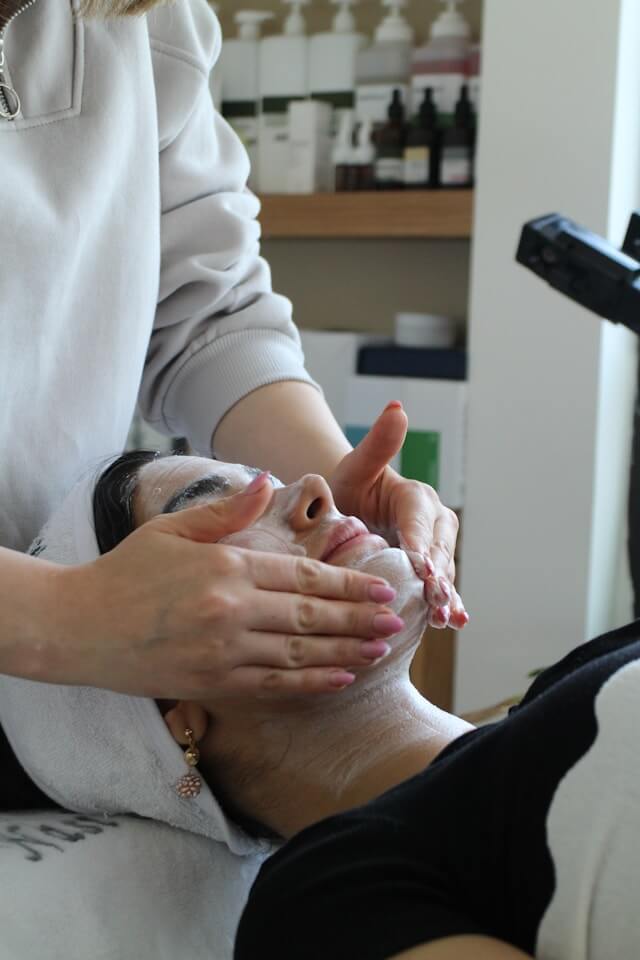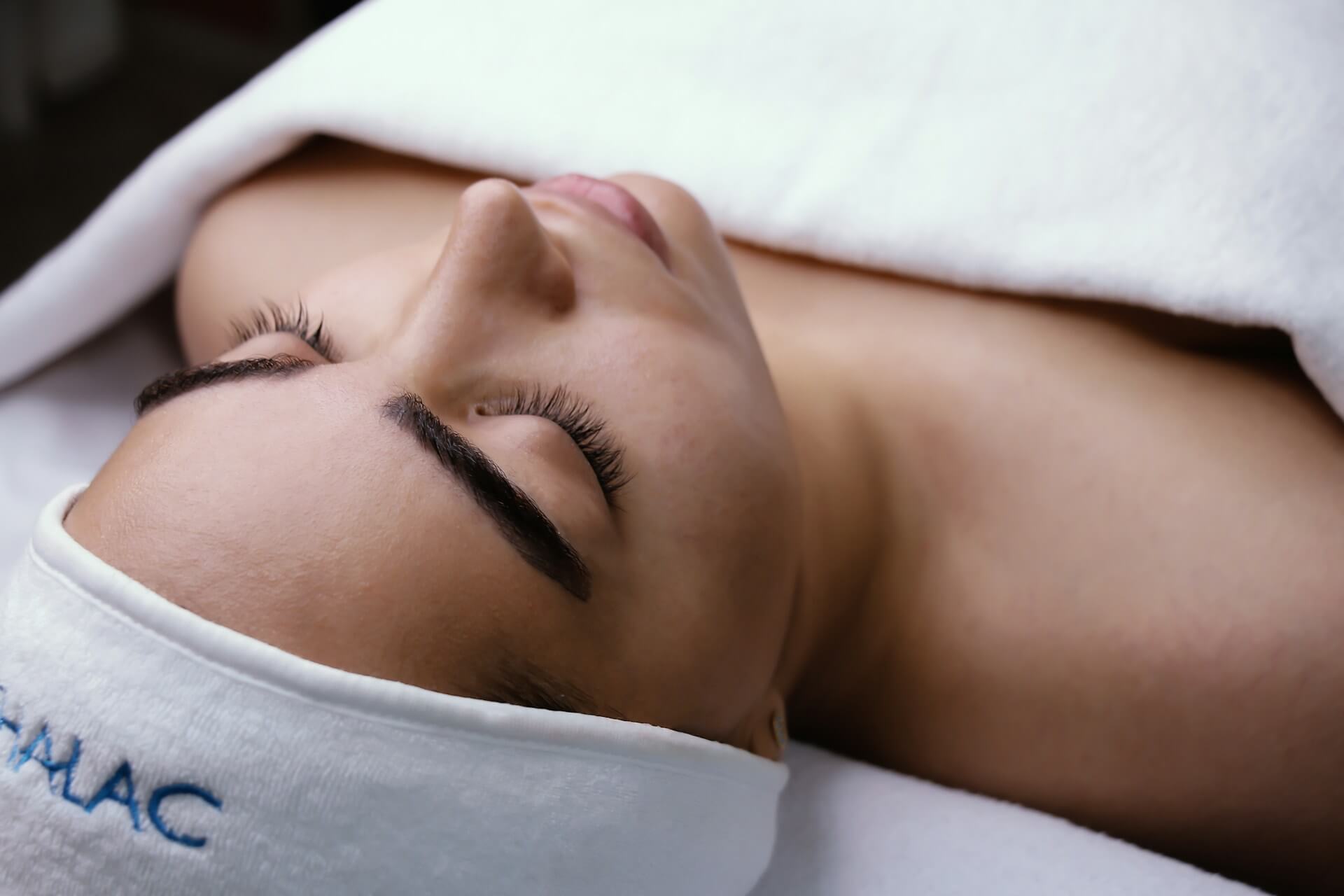Introduction
For millions of Americans, summer means sunshine, outdoor activity, and—sometimes—sweat. While a little perspiration is part of everyday life, seasonal spikes in heat and humidity can create real skin health challenges, from irritation and breakouts to flare-ups of chronic conditions.
This year, MedicaDepot set out to answer a timely question: Which U.S. cities truly earn the title of “sweatiest” each summer—and what does that mean for skin care professionals and their patients?
As sweat and sun team up to put skin to the test, our 2025 Summer Skin Health Index provides a new, data-led perspective on where summer’s risks are highest—and how the right preparation can keep skin healthier, all season long.
At MedicaDepot, our mission is to equip professionals with the products, insights, and strategies needed to address sweat-related concerns—so every patient can enjoy summer with confidence.
Methodology: What Makes a City “Sweaty”?
Sweat is more than a summer inconvenience—it’s a measurable factor in seasonal skin health. To build the 2025 Summer Sweat Index, MedicaDepot analyzed how climate, lifestyle, and local resources combine to create the “sweatiest” conditions across 100 U.S. cities.
Three pillars shaped our index:
- Weather:
We included data on average summer temperature, heat index, humidity, and the frequency of high-heat days, using NOAA and city-level climate sources. - Sweat Factors:
We assessed outdoor activity levels, exercise rates, commuting patterns (walking/cycling), and Google Trends data on sweat-related skincare searches—reflecting real-world behaviors that increase sweat exposure. - Cooling Resources:
We evaluated air conditioning prevalence, public cooling center access, and the availability of shade or public parks, which help mitigate sweat-related skin issues.
Our composite Summer Sweat Index score integrates these variables to reflect where residents face the most intense summer sweat challenges. While some cities have always had a “reputation” for being hot and humid, our approach offers a fresh, evidence-led view of where sweat becomes a true skin health risk—not just an inconvenience.
Why it matters:
Persistent sweat can contribute to irritation, breakouts, and even chronic conditions like hyperhidrosis. By quantifying each city’s sweat risk, the Index helps practitioners and clinics anticipate—and address—seasonal skin needs more effectively.

Key Findings at a Glance
Which U.S. cities are really sweating it out this summer? The 2025 Summer Sweat Index reveals:
- Miami, San Antonio, and New Orleans rank as America’s sweatiest cities, each facing an intense combination of heat, humidity, and active lifestyles.
- Southern metros dominate the top 20, reflecting how Sunbelt climates amplify summer sweat risks for residents.
- Cities with less air conditioning or limited access to public cooling centers tend to report more cases of sweat-related skin irritation.
- High rates of outdoor activity and exercise can elevate sweat exposure—even in some cities with only moderate temperatures.
These findings highlight where sweat-related skin challenges are most common—and underscore the need for effective summer skin health strategies nationwide.

The 20 Sweatiest Cities in America (2025)
These 20 cities top the Summer Sweat Index, where intense heat, high humidity, and active lifestyles create the highest seasonal skin health risks.
1. Miami, Florida
Sweat Index Score: 93 | Avg Summer Temp: 89°F | Humidity: 75% | Outdoor Activity Rate: 72%
Miami claims the #1 spot this year, thanks to its tropical heat and vibrant outdoor culture. High humidity, daily highs near 90°F, and a community that loves to be active all contribute to frequent sweat-related skin challenges—making it a key city for proactive summer skincare solutions.
2. San Antonio, Texas
Sweat Index Score: 93 | Avg Summer Temp: 98°F | Humidity: 70% | Outdoor Activity Rate: 80%
Blistering heat meets a highly active population in San Antonio. With average highs close to 100°F and some of the nation’s highest rates of outdoor activity, sweat becomes a persistent skincare concern—especially for those without strong AC resources.
3. New Orleans, Louisiana
Sweat Index Score: 93 | Avg Summer Temp: 92°F | Humidity: 75% | Outdoor Activity Rate: 75%
New Orleans is known for its sultry summer nights and bustling streets. High humidity levels and limited cooling infrastructure make sweat-related skin issues, like irritation and breakouts, especially common during peak festival season.
4. Phoenix, Arizona
Sweat Index Score: 90 | Avg Summer Temp: 106°F | Humidity: 20% | Outdoor Activity Rate: 65%
Despite lower humidity, Phoenix’s triple-digit temperatures and desert sun keep sweat levels high. Residents and visitors need to stay ahead of heat-related skin irritation, particularly when spending time outside in direct sun.
5. Las Vegas, Nevada
Sweat Index Score: 90 | Avg Summer Temp: 105°F | Humidity: 20% | Outdoor Activity Rate: 65%
Las Vegas combines sweltering desert heat with a culture of constant movement—making sweat an unavoidable reality. Whether on the Strip or in the city’s many outdoor venues, managing sweat-related irritation is a must.
6. Houston, Texas
Sweat Index Score: 88 | Avg Summer Temp: 94°F | Humidity: 70% | Outdoor Activity Rate: 75%
Houston’s humid subtropical climate, coupled with an active population, ensures summer sweat is a challenge for skin health. From irritation to breakouts, practitioners in the city see a rise in sweat-related concerns each summer.
7. Orlando, Florida
Sweat Index Score: 88 | Avg Summer Temp: 94°F | Humidity: 75% | Outdoor Activity Rate: 75%
Known for year-round outdoor activity, Orlando’s intense summer heat and humidity boost sweat exposure—raising the risk of skin irritation and dehydration for both locals and tourists.
8. Sacramento, California
Sweat Index Score: 88 | Avg Summer Temp: 94°F | Humidity: 60% | Outdoor Activity Rate: 75%
Sacramento may be drier than Southern cities, but its high summer temperatures and active outdoor culture keep sweat levels elevated. This makes it a hotspot for sweat-related skin issues during the peak season.
8. Austin, Texas
Sweat Index Score: 88 | Avg Summer Temp: 95°F | Humidity: 60% | Outdoor Activity Rate: 75%
A vibrant music and outdoor scene ensures that Austinites stay active, even during the hottest months. High temperatures and a culture that embraces the outdoors create ideal conditions for sweat-related skin challenges.
10. Jacksonville, Florida
Sweat Index Score: 88 | Avg Summer Temp: 90°F | Humidity: 75% | Outdoor Activity Rate: 75%
Jacksonville rounds out the Top 10 with its steamy summer climate and a community that loves being outside. Local practitioners see a seasonal uptick in sweat-induced irritation, especially among those who exercise outdoors.
11–20: Snapshot Summaries
- Memphis, TN
Score: 88 | High Humidity & Activity – Heat and an active lifestyle keep sweat-related skin issues top-of-mind. - El Paso, TX
Score: 88 | Dry Heat & High Temps – Despite low humidity, extreme temperatures create sweat risks in active communities. - Tampa-St. Petersburg, FL
Score: 85 | Humid Coastal Climate – Elevated moisture and beach activity drive sweat-related skin stress. - Dallas-Fort Worth, TX
Score: 83 | Urban Heat & Limited Cooling Access – Active lifestyles meet high temps for a sweaty summer challenge. - Louisville, KY
Score: 83 | Hot & Humid – Seasonal sweat exposure challenges skin resilience, particularly for active residents. - Fresno, CA
Score: 83 | High Temps, Moderate Humidity – Dry heat still pushes sweat factors into concern territory. - Baton Rouge, LA
Score: 83 | Steamy Southern Summers – Humid conditions and outdoor lifestyles heighten skin health risks. - Atlanta, GA
Score: 80 | Southern Heat & Humidity – Sweat is a daily summer concern, with implications for skin irritation. - New York, NY
Score: 78 | Urban Heat Island – High population density and activity keep sweat challenges on the radar. - Washington, DC
Score: 78 | Hot, Humid Capital – Political hustle meets muggy summer heat for elevated sweat-related skin risks.

Regional and Category Insights
Our data highlights clear patterns in how sweat exposure—and its impact on skin health—varies across the U.S. Here’s what stands out.
Regional Trends
- Southern & Sunbelt Dominance
Southern and Sunbelt cities make up most of the Top 20. High heat and humidity, combined with vibrant outdoor cultures, amplify sweat-related skin risks in these regions. - Coastal vs. Inland
Coastal cities (like Miami and New Orleans) experience higher humidity, while inland cities (like Phoenix and Las Vegas) face extreme dry heat. Both scenarios create significant sweat challenges—though with different clinical implications.
Category Leaders
Highest Humidity: Miami, New Orleans, and Jacksonville.
These cities top the charts for humidity, intensifying sweat-related irritation and increasing the need for skin-soothing solutions.
Most Outdoor Activity: San Antonio, Miami, and Austin.
Populations that love to move—despite the heat—face additional skin health challenges in the summer.
Highest Sweat-Related Skincare Search Interest: Miami, Phoenix, and Houston.
Google search trends reflect real skin concerns, with residents actively seeking out solutions for sweat-induced irritation, breakouts, and more.
Most/Least AC Access:
While cities like Miami and Houston have widespread AC use, older infrastructure in cities like New York and Washington, DC can limit cooling relief—making sweat a more persistent skin challenge.

Expert Insight: What Sweat Means for Summer Skin
While sweat is a natural and essential cooling mechanism, it can also be a hidden driver of skin irritation and discomfort—especially in the nation’s sweatiest cities. Dermatologists note that increased sweat production, combined with high humidity and prolonged outdoor exposure, can create a perfect storm for issues like irritation, clogged pores, and even exacerbation of skin conditions such as acne and eczema.
As Dr. Simone Hartley, a dermatologist and skin health expert, explains:
“Sweat itself is not inherently harmful, but it can alter the skin’s microbiome and weaken the barrier if left unmanaged. In humid, sweaty environments, it’s essential for both professionals and patients to take a proactive approach—focusing on cooling measures, gentle cleansing, and barrier-repair skincare.”
For practitioners, understanding sweat-related skin challenges in these cities can serve as an early-warning system. High-sweat environments often see increased demand for treatments addressing irritation, hyperhidrosis (excessive sweating), and related concerns.
For more on how professionals approach sweat-related skin concerns, read our guide: Botox for Sweaty Hands: Treatment & Benefits.
MedicaDepot Solutions for Summer Sweat & Skin Health
Sweat-related skin challenges require evidence-based solutions tailored to hot and humid summer conditions. At MedicaDepot, we offer a range of products and treatments designed to address both the causes and the effects of excessive sweating and sweat-related skin issues.
- Soothing skincare for irritation:
From barrier-repair creams to hydrating, calming formulations, explore our range of skincare solutions for summer sweat irritation. Explore our range of barrier-repair creams and soothing moisturizers to help reduce irritation from sweat and summer heat. - Botox for hyperhidrosis:
Botox can be an effective treatment for patients with hyperhidrosis (excessive sweating). Learn how Botox can help manage excessive sweating (hyperhidrosis), especially for patients living in the nation’s sweatiest cities.
Our team is here to support clinics and professionals with the latest evidence-led insights and clinically tested products.

Methodology & Sources
Methodology & Data Sources
The 2025 Summer Sweat Index was developed using evidence from trusted, publicly available datasets and city-level environmental resources. We combined multiple factors to rank cities for sweat-related skin challenges:
- Weather data: Average summer temperature and humidity levels sourced from the NOAA National Centers for Environmental Information (NOAA Climate Data Online)
- Outdoor activity rates: Physical activity and commuting data from the CDC Behavioral Risk Factor Surveillance System (CDC BRFSS) and the U.S. Census Bureau (Census Commuting Data)
- Air conditioning usage: Housing and cooling resource data from the U.S. Census Bureau American Housing Survey (AHS Data)
- Public cooling resources: Verified via city government websites and local infrastructure reports
- Sweat-related skincare search trends: Extracted using Google Trends (Google Trends Explore)
We scored each city by combining three weighted pillars:
- Weather Exposure: Heat index, average summer temperatures, and humidity
- Sweat Factors: Outdoor activity rates, physical exertion data, commuter exposure
- Cooling Off Infrastructure: Air conditioning prevalence and public cooling resources
These scores were normalized to produce a comprehensive “Summer Sweat Index” and enable clear national comparisons.
Limitations & Transparency
We acknowledge that self-reported data (like outdoor activity rates) can vary by region and may not capture every nuance of local behavior. Search trend data, while insightful, does not directly measure skin health outcomes—it instead reflects public interest and concern.
Our aim is to offer a data-driven lens to help professionals and the public better understand sweat-related skin health challenges across the U.S. As always, local context and clinical expertise should complement these rankings.
